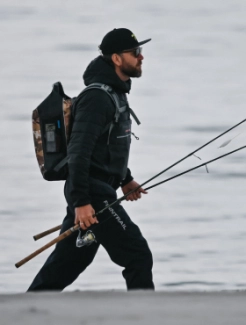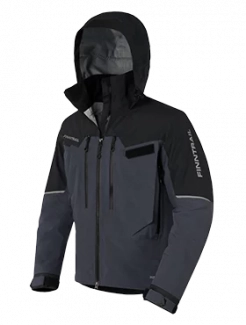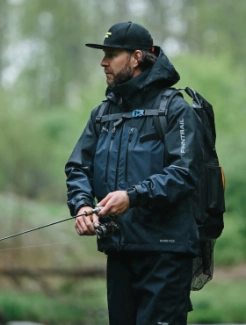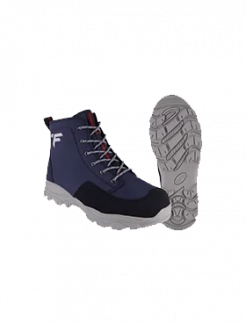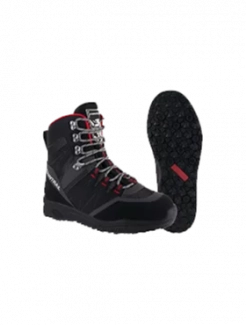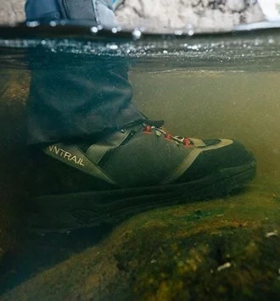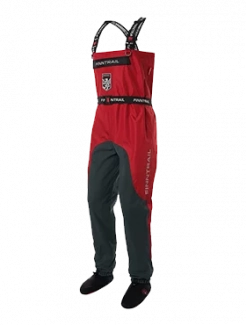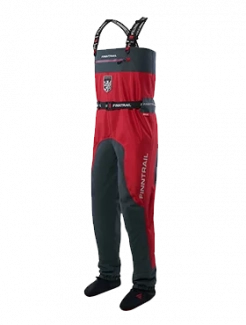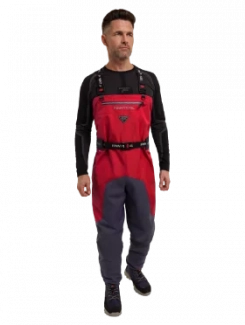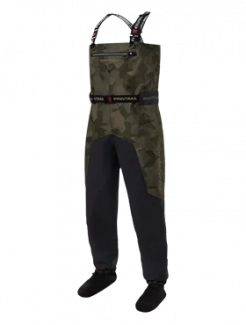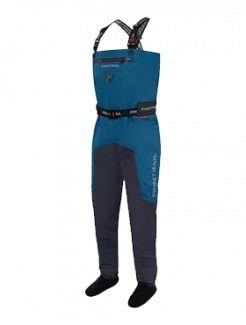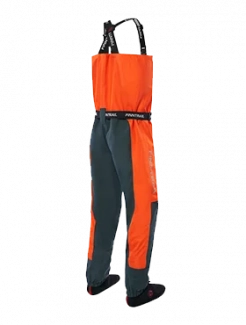A Guide to Catching Pike in Germany’s Waters
Few freshwater fishing experiences in Europe rival the thrill of chasing pike across the scenic lakes and rivers of Germany. With its crystal-clear waters, well-managed fisheries, and diverse natural landscapes—from the northern Bodden lagoons of Rügen to the alpine lakes of Bavaria—Germany offers world-class opportunities for anglers looking to target one of Europe’s most powerful predators. Whether you’re a local enthusiast or an international visitor, learning how to catch a pike fish in Germany requires understanding its habitats, seasonal behavior, and the most effective gear and lures.
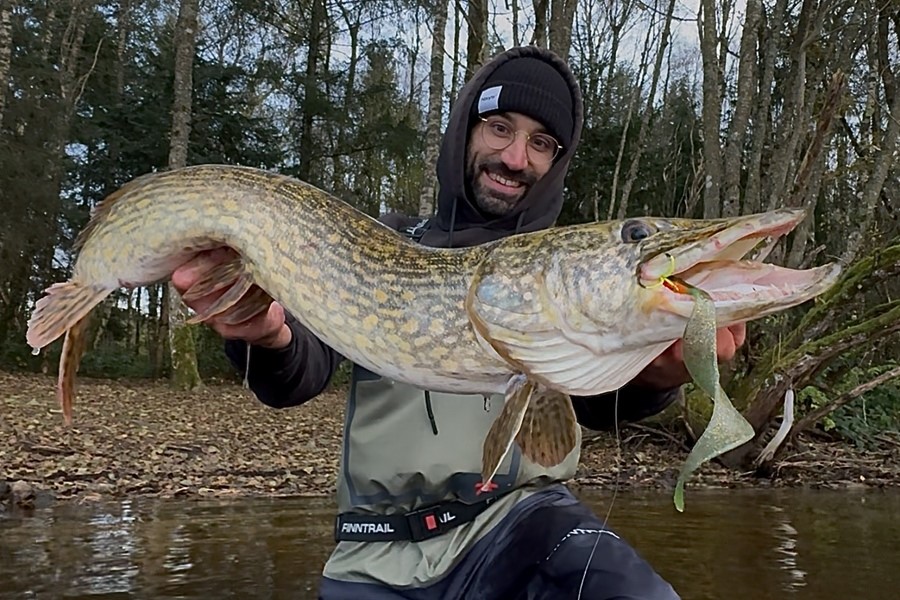
Pike Fishing in Germany – A Tradition of Angling Excellence
Pike fishing in Germany isn’t just a sport; it’s a deeply rooted tradition. German waters are home to the northern pike, known for its size, strength, and aggressive strikes.. From urban canals in Berlin to the vast expanse of the Mecklenburg Lake District, pike fishing experiences are as varied as the country’s geography itself.
Germany’s fishing culture values sustainability and respect for nature. Most waters are carefully managed by angling associations (Fischereivereine), which ensures healthy fish populations and pristine environments. Anglers must carry a valid fishing license (Fischereischein) and often a local day or week permit for specific lakes or rivers. This regulated approach guarantees that pike fishing remains a rewarding experience year after year.
How Do You Catch Pike in Germany?
Understanding how to catch pike in German waters begins with studying the fish’s habits. Pike are ambush predators. They prefer clear or slightly murky waters with plenty of vegetation or structure — fallen trees, weed beds, or reed lines — where they can strike unsuspecting prey. The best approach combines knowledge of their seasonal movements with the right choice of tackle and technique.
For many anglers catching pike fish effectively means using medium to heavy spinning gear with strong braided line, as pike are notorious for their sharp teeth and explosive fights. A sturdy steel or titanium leader is essential to prevent bite-offs. Casting along reed edges or drop-offs, and retrieving lures at varying speeds, often triggers aggressive strikes.
If you’re wondering how to catch a pike fish for the first time, focus on patience and precision. Pike rarely travels in schools, so persistence pays off. Explore different depths, adjust lure size, and match your tactics to the conditions—calm mornings, overcast afternoons, or windy shorelines all influence feeding behavior.
Best Lures to Catch Pike
One of the most exciting aspects of pike fishing is experimenting with a wide range of lures. These fish are opportunistic feeders, striking at anything resembling a distressed baitfish. The lures to catch pike typically include large soft plastics, jerkbaits, spinnerbaits, and spoons. German anglers also love using jointed swimbaits and surface lures for heart-stopping topwater strikes.
In clear lakes like Müritz or Chiemsee, natural colors such as silver, perch, or roach patterns work best. In darker or weedy waters, bright chartreuse, firetiger, or orange shades often provoke reaction bites. Many seasoned anglers switch between slow-rolling soft plastics and erratic jerkbaits to mimic wounded prey.
Fly fishing for pike has also gained popularity, especially in the Bodden waters around Rügen, where shallow brackish zones are teeming with large fish. Here, oversized streamer flies tied to mimic baitfish patterns can produce spectacular results.
The Best Time to Catch Northern Pike in Germany
Timing can make or break your success. The best time to catch northern pike in Germany largely depends on temperature and spawning cycles. Pike are cold-water predators, most active in spring and autumn when water temperatures range between 45°F and 60°F (7°C–15°C).
-
Spring (March–May): after spawning, pikes are hungry and aggressive. This is the prime time for shore fishing in shallow bays and reed zones.
-
Summer (June–August): pike retreat to deeper, cooler waters during hot weather. Focus on early mornings and late evenings, using deeper-running lures.
-
Autumn (September–November): this is peak trophy season. As temperatures drop, pike feed heavily to prepare for winter, often attacking larger lures.
-
Winter (December–February): in regions where ice fishing is permitted, pike can still be caught slowly jigging near drop-offs or deep holes.
Top Pike Fishing Destinations in Germany
Germany’s diverse geography offers endless options for pike fishing in Germany, from sprawling lake systems to quiet river backwaters. Below are some of the best spots to experience this thrilling pursuit:
-
Mecklenburg Lake District (Mecklenburgische Seenplatte):
This vast network of lakes and canals in northeastern Germany is often called the “Land of a Thousand Lakes.” It’s one of Europe’s premier pike habitats. Large specimens exceeding one meter are caught here regularly. The Müritz National Park area offers both guided trips and kayak-friendly zones. -
Rügen Island and the Bodden Waters:
Located in the Baltic Sea, Rügen’s shallow brackish lagoons are legendary for producing monster pike. Anglers often target these fish from boats, using jerkbaits and large soft plastics. Autumn is the top season here, attracting anglers from all over Europe. -
Brandenburg and Spreewald:
Just south of Berlin, the region’s interconnected rivers and channels provide ideal conditions for pike fishing adventures close to the capital. The tranquil Spreewald Biosphere Reserve offers incredible scenic value, with healthy pike populations. -
Lake Chiemsee and Bavarian Lakes:
Down south, Bavaria’s alpine lakes such as Chiemsee and Starnberger See hold deep, clear waters where large pikes lurk. Boat rentals and guided tours make it easy for visitors to explore these pristine fisheries surrounded by mountain scenery. -
Northern Rivers – Elbe, Havel, and Eider:
These historic waterways offer excellent pike fishing in Germany, particularly in their quieter backwaters. Pike here respond well to trolling or slow-rolling lures along drop-offs and submerged vegetation.
Techniques and Strategies for Success
Knowing how to catch pike fish consistently means adapting to changing conditions. In colder months, use slow retrieves and deep-running lures. During summer, early morning surface strikes on buzzbaits or topwater frogs can be electrifying. Many German anglers also troll large lures behind boats to cover more ground, especially on vast lakes.
Live bait is still legal in some regions, though many prefer artificial lures for sport and conservation reasons. Always check local rules before using baitfish. Fly anglers use heavy rods (8–10 weight) and sinking lines to deliver large streamers effectively.
Fishing Regulations and Permits
When planning pike fishing in Germany, remember that all anglers need proper documentation. Non-residents can often obtain a temporary tourist license (Urlauber-Fischereischein) valid in several federal states. Local permits for each waterbody are usually available from tackle shops, tourism offices, or fishing clubs. Catch limits and minimum sizes vary by region, so familiarize yourself with local regulations to fish responsibly.
Final Thoughts on Pike Fishing in Germany
Learning how to catch a pike fish in Germany is as much about the experience as it is about the catch itself. Whether you’re casting along a fog-covered Bavarian lake or exploring the Bodden flats under a Baltic sunrise, every moment offers connection with nature and adventure. With its well-protected fisheries, stunning landscapes, and variety of habitats, pike fishing in Germany stands among Europe’s finest angling pursuits.
From selecting the lures e to timing your trip around the best time to catch northern pike, every decision enhances your chances of landing the fish of a lifetime. Equip yourself with strong gear, local knowledge, and respect for the environment.


